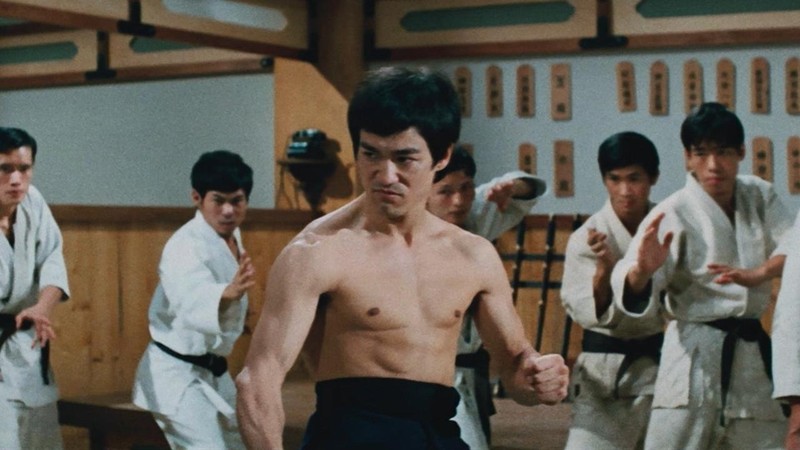By the end of the Southern Reach trilogy, I was sobbing as hard as I have ever done from reading any book. The series began with the extreme isolation and desolation of the biologist (which, as we learn later, was not entirely a spontaneous and voluntary mental state), and ends with the heart-breaking letter from the director of SR to Saul Evans, the lighthouse keeper, who were friends when the director was a ten-year-old girl. Even in the strange new world of Area X, under the probing alien eyes on every organism and every cell, when all hope is lost, there is still love.
I was going to sort out the "secrets" of Area X in the text, such as the long-dead alien race and their planet in ruins, or time-space portal(s) opened by a splinter that pricked Saul's finger, or the long-fought battle between Central and Area X. But not now.
A much-quoted review in LA Review of Books by David Thompson argued that Area X is a hyperobject (a concept put forth by Timothy Morton), which is supposed to mean events or systems that are too vast and complex to be understood by humans, something like that, I'm paraphrasing. Like black holes or global warming or the Internet. An alien machinery that transforms a patch of land on earth, for example. To which I would add: the human unconscious.
Even from the start of Annihilation, I thought that the journey into the tower is an allegory for plunging into the darkness of the human mind. The breathing walls and the living, glowing words on them just felt inevitably inward rather than alien. The flashbacks of the biologist's life before entering Area X, however sparse and reserved, are highly specific and permeate a melancholy. In Authority, Control's mental world is similarly detached from his parents, especially his unreachable mother. The probing and manipulation by Lowry, representing Central (a mirror image of Area X), might have been Control's journey into the tower. The tower does not provide us with any psychological insights per se, but the reader nevertheless gets to feel their longings and regrets and emptiness.
In Acceptance, we are treated with several human connections that somewhat reverse the first two books, including the relationships between the director and Grace, between the girl Gloria and Saul, and Saul's love affair with Charlie, even though everyone still carries their own scars and pain. Even inside Area X, there is still hopeless warmth among the characters on their journeys.
I thought about the source of the melancholy throughout the trilogy and recognized it between the subject and object of observation. One of the motifs in the novels is the sense that the creator of Area X, which supposedly is not the alien species but their machine or portal, is constantly monitoring and observing every organism on earth within and perhaps even outside Area X. The same practice occurs in the biologist who watches organisms in nature, such as a tidal pool or just a puddle in a parking lot. Or perhaps the same can be said about Lowry, who ruthlessly manipulates and controls and experiments on SR employees' minds. And yet we get the feeling that no two organisms truly understand each other. We can watch a starfish do its thing, but we will never feel what a starfish feels, and vice versa. We cannot even see the entirety of the internal world of another human, and this includes parents and their children. The distance between two hearts or minds is as vast as that of two stars.
And what about the distance between the conscious thoughts, armed with abstract thinking and language, and the dark tides of the unconscious? They are a few centimeters or even millimeters apart, but they might as well be two species living under one roof. Between the cortex and amygdala or hypothalamus --- take any part of the limbic system --- there is so little understanding and sharing, that the cortex makes up stories, constantly, to pretend that it knows what is happening underneath. It doesn't, not really.
While I will never know whether the human unconscious was intended to be one of the many allegories of Area X, Jeff VanderMeer did say that he let his unconscious guide his writing of this series. So it's by definition true that the novels are indeed about the unconscious. In the adventure into Area X, VanderMeer's unconscious has given us alienation, vulnerability, regrets, longing, despair, and mysteries, endless mysteries. In the end, however, it also gives us unforgotten love.






